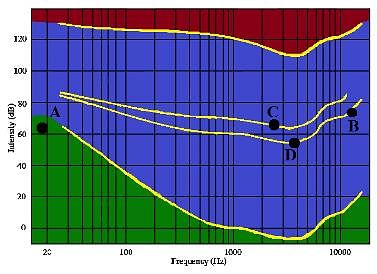Test: Sound (Audition) - 1 - MCAT MCQ
10 Questions MCQ Test Psychology and Sociology for MCAT - Test: Sound (Audition) - 1
What forms the border between the middle and inner ear?
The tympanic reflex helps prevent damage from loud sounds. How does the tensor tympani work to protect one’s hearing?
How do the ossicles help to amplify the sound that reaches the tympanic membrane?
Researchers showed participants a video of two objects that appeared to be moving toward one another at a 90 degree angle. More than 88% of the participants saw the objects pass each other and continue on their original course. In a second condition, participants were played a click sound when the objects appeared to be close together. This time 63% perceived the objects as bouncing off each other in opposite directions. What impact did sound have on visual perception?
The kinocilium attaches to a potassium channel in the hair bundle. What type of gate is the potassium channel?
Which of these events is caused by the stapes pushing against membrane covering the oval window?
Which part of the auditory pathway is responsible for encoding sound frequency?
What is the purpose of the eustachian tube in the auditory system?
|
339 videos|14 docs|42 tests
|



















